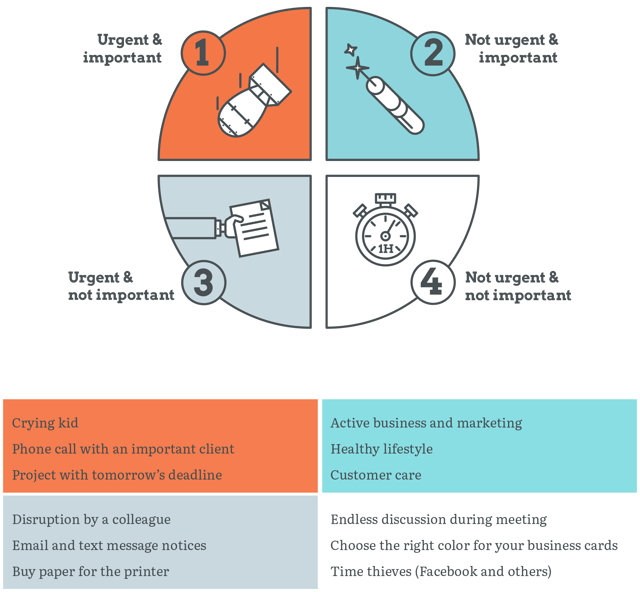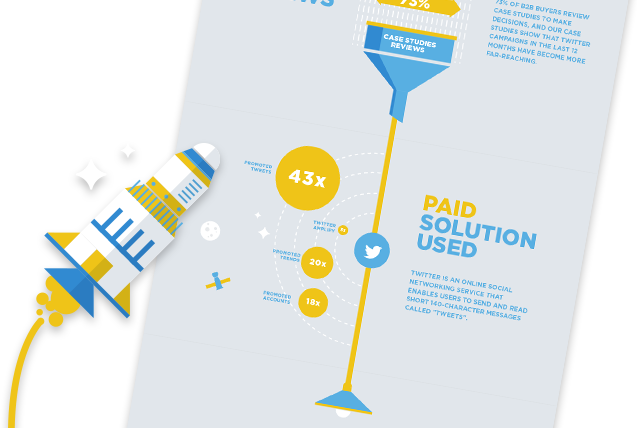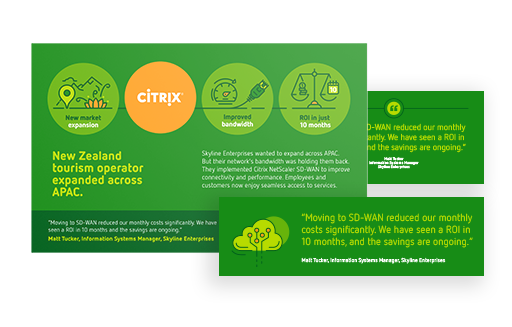Time planning using a four-quadrant technique started around the 1950s, and is still one of the most useful organizational techniques in the world.
Four-quadrant time planning, or the so-called “Eisenhower Method,” teaches us one key thing: how to plan our time based on the importance and urgency of individual activities.
Why the name “Eisenhower Method”? Because this is the way Dwight D. Eisenhower, the thirty-fourth president of the United States, planned his time. He described the essence of the entire method in one sentence: “What is important is seldom urgent. What is urgent is seldom important.”
Eisenhower’s statement has something to it. Have you ever thought that the main difference between successful and unsuccessful people might be the tasks they work on? After all, you can work up to 12 hours in a row and still not finish anything important. Why? Because this work was not important.
The Eisenhower Method shows you how to plan your time efficiently and how to organize individual tasks based on priorities. Instead of impractical letter (A, B, C) or numerical (1, 2, 3) prioritizing, it uses a much-better-thought-out system: it divides tasks based on importance and urgency.
Time planning based on importance and urgency
· Importance simply means how important (significant) a given task is for us.
· Urgency means how necessary it is to complete a task right now.
If you look up the word “important” in an English dictionary, one of the given synonyms will be the word “urgent.” But this is not the case for our purposes here. In the Eisenhower Method, importance expresses the degree of significance a specific activity has for you personally. On the other hand, urgency expresses only the number of hours until the deadline. The closer you are to the deadline, the more urgent the task is. However, a task’s importance does not change with relation to time.
Be your best self and discover 25+ ways how to be productive now.
Download our Freelancer's Guide to Productivity.
Time planning according to Eisenhower
The Eisenhower method divides activities into four quadrants:
· First Quadrant: Do it yourself and as soon as possible.
· Second Quadrant: Do it yourself and devote as much time as possible to these activities.
· Third Quadrant: Try to delegate this work to others.
· Fourth Quadrant: Try to limit as much as possible.
What you have in individual quadrants will depend on the work that you do, and how you decide at the moment. It’s up to you what you give priority to, but you have to be aware that importance is not the same thing as urgency. Most people, when planning their time, think only in terms of urgency, i.e. what do I have to do right now and what do I have to do tomorrow.
What about quadrant four?
If it’s not important nor urgent, why would you do it?
It’s hard to plan our life down to the hour exactly. Quadrants three and four are unintended interruptions and unplanned changes in our program. They just happen. Also, if you want to be realistic in your planning, you should allow at least one free hour as extra time.








